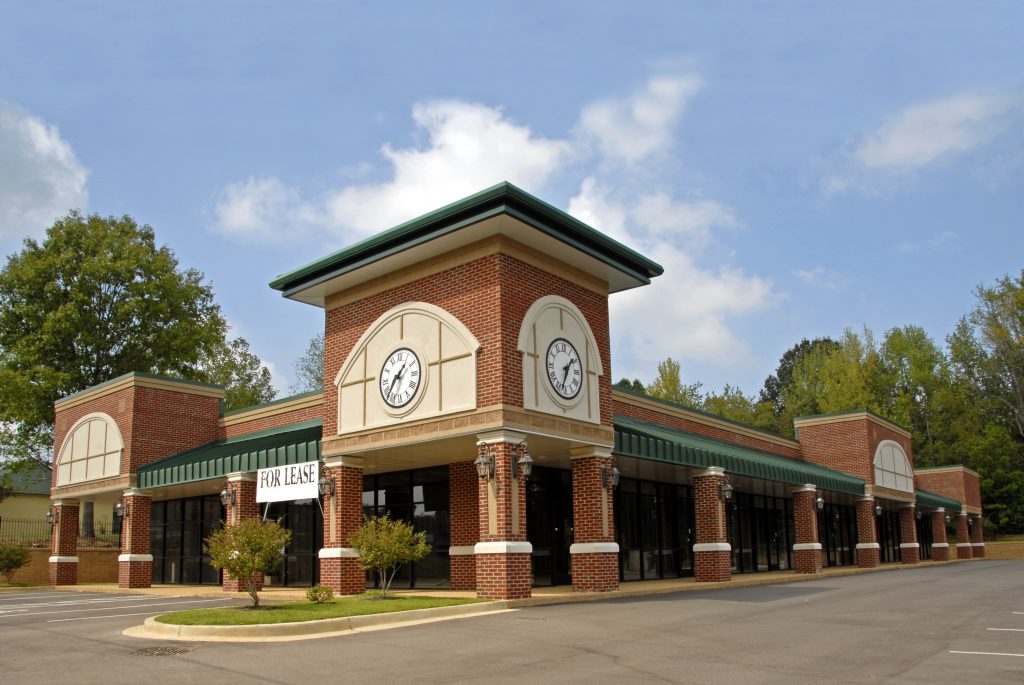
Where will you locate your dental practice? What will it look like? Do you envision a big sign out front, lots of parking and a bright paint job to attract attention? Or perhaps something relatively muted and well within budget is more your style. Whatever your preference, though, these choices are not entirely up to you. Even if you own your building, governmental regulations, taxes and private agreements can limit how you can use property and what it looks like. If you’ve never bought or rented commercial real estate before, the complications that arise can be both frustrating and expensive. Here are a few ways these regulations may affect your dental practice.
Land Use - Function
There are two primary ways that governments can control what is built within their jurisdictions; architectural details (form) and land use (function). Of the two, land use restrictions are both better known and more consequential.
Land Use - the Concept of Permitted Uses
Most people know that cities control how owners can use their property by permitting, for example, only, residential, commercial or industrial uses. You’d be surprised, for instance, if the owner of the lot next to you on your cul-de-sac built a slaughterhouse. And while less offensive to the residents than a slaughterhouse, the owner probably cannot open a dental practice, either. In fact, that is probably impossible in most cities today. But it was only a hundred or so years ago that there were no such rules anywhere in the country. Obviously, landowners who had invested large sums of money improving their property wanted protection from neighboring obnoxious uses (and for good reason - the slaughterhouse example really happened). Over time, these rules have become more and more complex, varied and localized.
Cities today have defined uses well beyond the primary three of residential, commercial and industrial. Even within these classifications are further sub-classifications that usually differentiate based on density (number of units per acre, height, etc.). Fortunately, dental practices are generally considered among the least intensive commercial uses and are permitted in more areas than major retail outlets and heavy industry. This means that practices are usually able to locate in most commercial, office and medical zonings.
Architectural Controls - Form
Even though local zoning may permit a dental practice, other local ordinances can affect the appearance of your building. From signage to color pallette to materials and window coverage, local governments can regulate what buildings look like. Especially for ground-up construction, these controls can have very tangible and expensive impacts on your business.
Neighborhood Design Guidelines and Historical Commissions
Okay, so you’ve found a space in a neighborhood that you like, that the demographics support and that is zoned appropriately. At this point you’ve invested countless hours into your search. You’re just about done when all of a sudden the house of cards collapses. A change that you want to make to the property is not permitted, specifically in your neighborhood or maybe even just on your street. Depending on how vital that change is to your practice, it could be a dealbreaker. Cities, and especially neighborhoods with a strong sense of place, have recently implemented rules to shield parking, restrict curb cuts, limit parking spaces, prohibit blank walls and/or maximize glass coverage of facades. You’re particularly likely to find these guidelines in densely populated, older neighborhoods trying to preserve their character.
Hopefully you are aware of these rules and what they mean for you before you take over a space. In addition, consider hiring your architects and contractors who are local or frequently work in your market. Similar to buying an antique car, old buildings in these districts are more expensive not just to buy or lease but also to maintain. While most historical commissions try to be reasonable, they do have to operate within their agreed upon guidelines. Imagine the future cost of trying to replicate a custom iron grate or repairing a limestone foundation. Perhaps worse, you can only be assured of what the rules are today. It’s the job of city and neighborhood officials to periodically update these standards and so they may change in the future.
State Control - An Emerging Subject
In response to extremely high costs of living, several states have begun to implement top-down approaches to zoning. Their reasoning is that cities, looking out for their residents, will not allow for ample density increases within their boundaries. As a result, these states are experiencing short housing supply, rapidly increasing rents and traffic gridlock. Even relatively successful households are being incentivized to consider relocation. Residents of high cost of living markets like the Bay Area are fleeing to cities like Austin and Denver where their dollar goes further. Oregon, California, Virginia and Maryland are all considering the prohibition of single family zoning statewide. The City of Minneapolis has already done so.
The immediate effects of these rules on dental practices probably won’t be too pronounced. But it does add one more variable to the equation, a precedent that you may need to go to your state’s Capitol building rather than your neighborhood commissioner to file a protest. In the near future, these rules are most likely to affect you if you’re considering a site near prominent transportation or employment hubs where density is encouraged by both the market and new legislation.
Local Taxes and Fees
The final local legislation that can add a direct cost rather than a restriction on use are Special Improvement Districts, which are like homeowners associations for businesses.
Special Improvement Districts
Ever wonder why some neighborhoods seem to have extra amenities that others don’t? In some cases, this is due to an extra tax (yes, on top of all the others) that occupants of the area have agreed to pay for the betterment of their community. These funds are often directed toward infrastructure improvements, art and cleanliness and/or safety ambassadors. Their methodology for assessing who owes what can vary widely and change from one period to another but most are based on the square footage or street frontage of a building. Usually this means that a dental practice would pay significantly less than a major grocery store. Keep in mind that you are only one voice and that, while you may oppose the fee, it can be approved or modified without your support. If you’re planning on renting office space, this fee should already be calculated into the price of rent but may be variable in the future. However, if you plan to buy your building, make sure that you understand these costs. While they’re not usually huge fees, they can make a difference.
Other Political Differences
This article is intended to highlight the differences between jurisdictions on a very local level, in most scenarios the regulations discussed here are best exemplified among several neighborhoods within the same city. Of course there are other, even more prominent differences arising from political boundaries. Cross the Columbia River from Portland, Oregon into Vancouver, Washington and avoid paying state income taxes. Leave Philadelphia to the east and enter Delaware where you probably don’t have (and will have a tough time getting) a license to practice.
A Related Issue: Exclusivity Clauses
So you investigated all of the state and local taxes and restrictions and found the perfect space that permits dental practices. But when you call the landlord’s real estate representative, you learn that the landlord already agreed with another tenant to restrict any new dental practices from opening in the vacant space (a good idea for the other tenant if it is in the only commercial plaza in the area, by the way). Maybe that tenant is not even in the same development but an adjacent one with the same landlord. Either way, this “exclusivity agreement” between the other tenant and the landlord will prevent you from renting the space and you will have to continue your search.
Too Lazy, Didn't Read
If there’s one takeaway from this article, let it be that not all portions of a city follow the same rules. At times, you might not be able to find the right zoning. In other instances, there may be limiting design guidelines. While it’s not necessary to have an intricate understanding of how this system works, working with a local real estate professional and asking the right questions can save you time and money.





